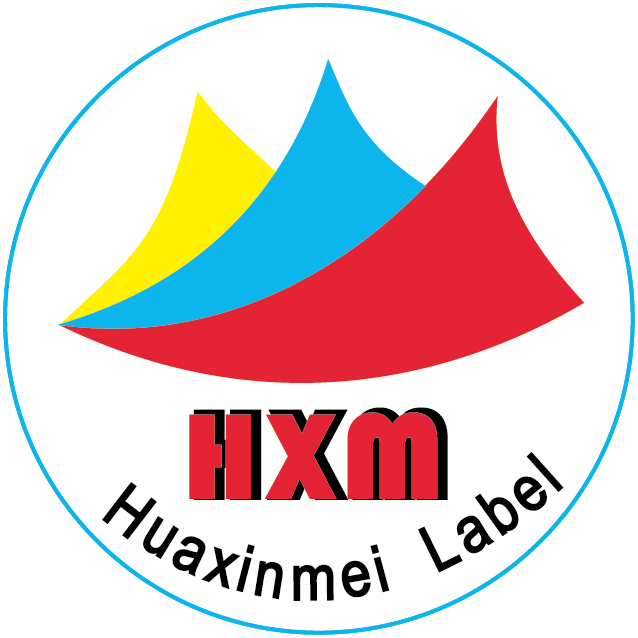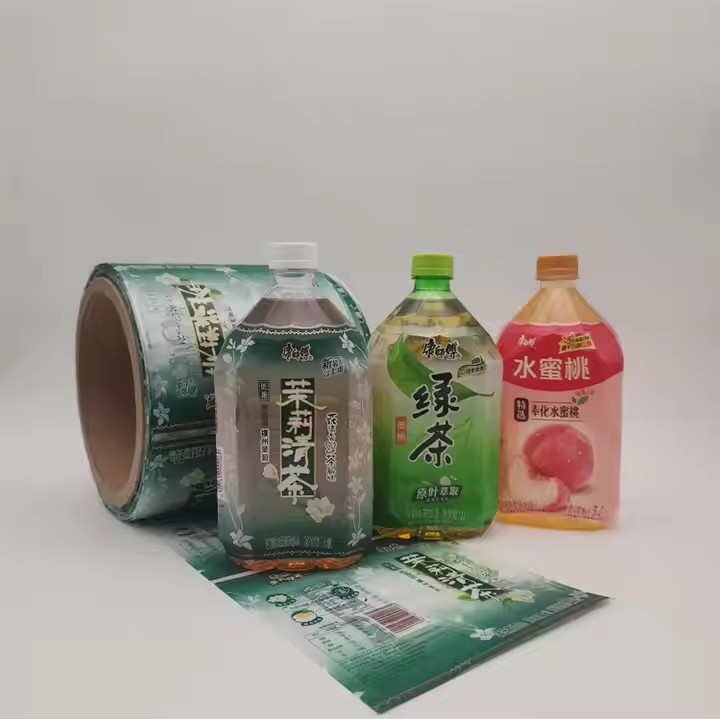Design Stage
Determine the Theme and Style
The theme of the gift box is determined based on its usage (such as festival gifts, business gifts, wedding gifts, etc.), the target audience (age, gender, cultural background, etc.), and the brand image. For example, if it’s a gift box for Spring Festival gifts, traditional Chinese red might be used as the main color, incorporating elements like the character “Fu” and Chinese zodiac signs to create a festive atmosphere. If it’s a business gift box, the style might tend to be more simple and elegant, using low-key colors and concise lines to showcase a professional image.
Trends and cultural elements should also be considered to make the gift box conform to current aesthetics and possess cultural connotations. For instance, reference can be made to the popular color combinations of the season or combine local cultural patterns in the design. For the popular culture in the market, it should be integrated into the external design of the label to attract consumers’ attention as much as possible and gain a larger market share.
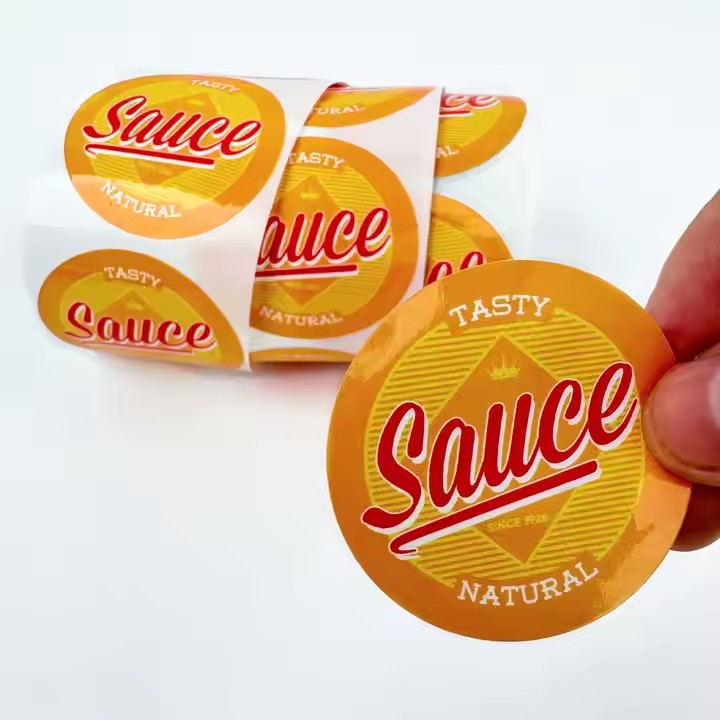
Draw Design Sketches
Designers manually draw the preliminary design plans for the appearance, structural details, and pattern layout of the gift box. For example, for a multi-layer drawer gift box, details such as the size and shape of each drawer, the position of the handles, and the distribution of decorative patterns on each surface will be drawn.
Use professional design software to create precise electronic design drawings, which are convenient for subsequent modifications and communication with clients and the production team. In the software, the size and color mode of the gift box can be accurately set, and 3D modeling can be carried out to display the three-dimensional effect of the gift box, allowing all parties to understand the design concept more intuitively. This intuitive presentation to clients can reduce communication time and improve the delivery speed.
If the client doesn’t bring the corresponding design patterns, the manufacturer can help the client design the labels they need. For the selection of patterns, styles, and forms, they should fit the client’s needs as much as possible. If both sides cooperate well, the stickiness of the cooperation will be stronger.
Client Communication and Modification
Submit the design sketches or electronic design drawings to the client and collect their opinions and suggestions. The client may put forward modification requirements regarding the color, pattern, size, and function of the gift box.
Make modifications according to the client’s feedback until the client is satisfied and the design plan is finally determined. This may require repeated communication and adjustments to ensure that the gift box design fully meets the client’s expectations.
According to the client’s requirements, try to solve the problems for the client as much as possible. The client’s needs are of top priority. Production in China pays great attention to the client’s needs and will try its best to fulfill the client’s requirements.
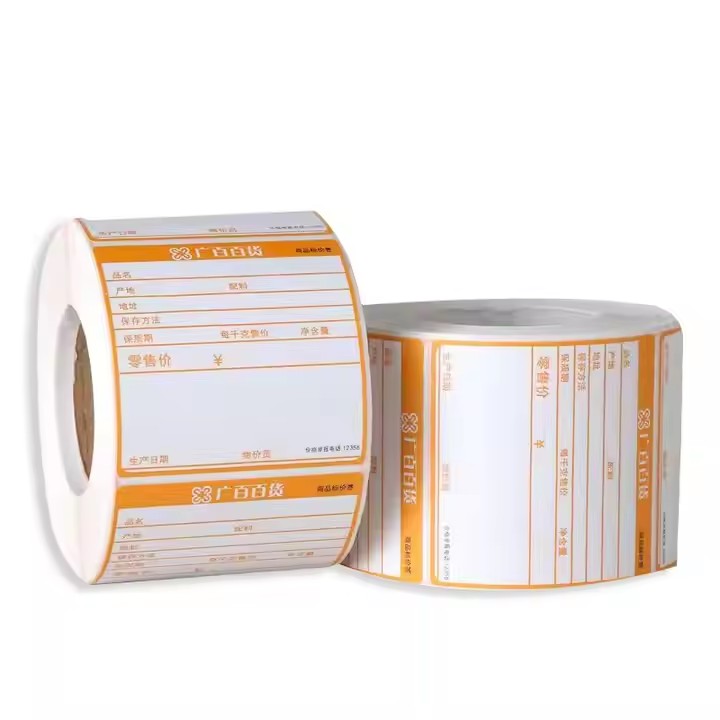
Material Preparation Stage
Select Materials
Select the main materials for the gift box according to the design requirements. For paper gift boxes, choose appropriate paper types, such as cardboard (used to increase the stiffness of the box), coated paper (with good printing effect), and specialty paper (with special textures or qualities). If it’s a wooden gift box, select the variety of wood. For example, mahogany is used for high-end gift boxes to show texture, while paulownia is lightweight and relatively affordable. There are various materials to choose from, depending on what kind of material your product needs. For example, if an enterprise’s product is skin care products, the label material should be waterproof to prevent the label from falling off when consumers use it, which may have a negative impact on consumers’ use. For the packaging of tea products, if the enterprise wants to take the high-end route, it should use high-end cardboard as much as possible.
Determine the auxiliary materials, including decorative materials (such as ribbons, lace, metal accessories, etc.) and packaging materials (such as foam pads, pearl cotton, plastic film, etc., which are used to protect the gifts and increase the layering inside the gift box). For example, choosing silk ribbons to tie the gift box will add a touch of luxury to it; using foam pads can effectively protect fragile gifts. Auxiliary materials can better protect the product itself from being damaged during transportation.
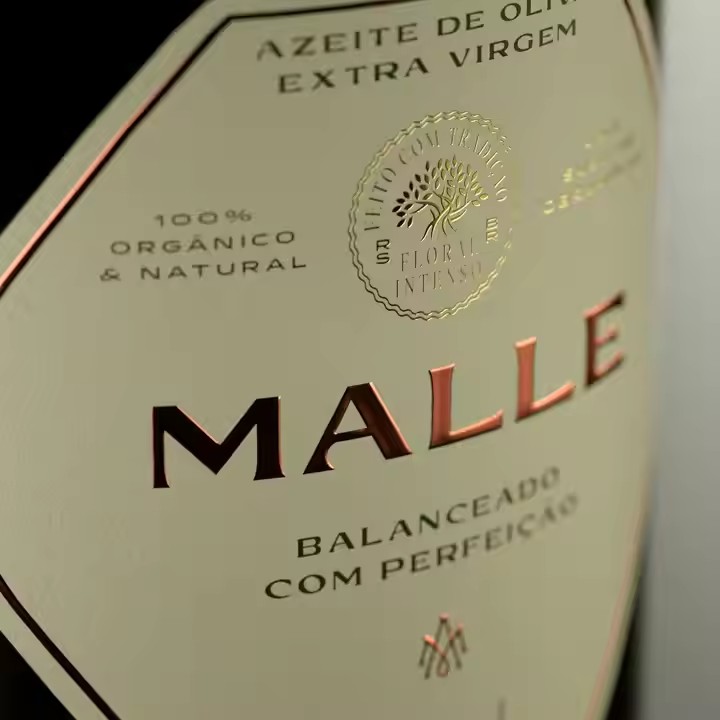
Purchase and Inspection of Materials
Purchase materials according to the required specifications and quantities. Ensure that the quality of the purchased materials meets the design requirements. Check the thickness, strength, and color of the paper, the texture and dryness of the wood, and whether the color and size of the auxiliary materials meet the standards.
Conduct sampling inspections on the purchased materials. For example, check whether the paper has any damage or stains, and whether the metal accessories have scratches or deformations, to avoid low-quality materials entering the production process.
Production Stage
Printing and Decoration
For paper gift boxes, print the designed patterns on the gift box materials through printing processes, which can include offset printing, screen printing, digital printing, etc. Offset printing is suitable for large-scale production with high color reproduction accuracy; screen printing can achieve special effects, such as fluorescent and gold foil stamping. For example, if there are golden patterns or texts in the gift box design, the gold foil stamping process in screen printing might be used to achieve a shiny, metallic effect.
Add decorative elements to the surface of the gift box, such as sticking adhesive stickers, inlaying rhinestones, or pasting three-dimensional decorative pieces. If it’s a wooden gift box, it can be decorated through carving, pyrography, and other techniques to increase its artistic value. For the packaging on the gift box, if you want to enhance its grade, you can carve patterns on the outside of the box or print some exquisite patterns.
Cutting and Forming
Cut the materials according to the designed size of the gift box using cutting equipment (such as laser cutters, CNC cutters, die cutters, etc.). Laser cutters can accurately cut out complex shapes with smooth cutting edges; die cutters are suitable for cutting large-scale, regularly shaped gift boxes. For example, cut a large piece of cardboard into various panel parts of the gift box.
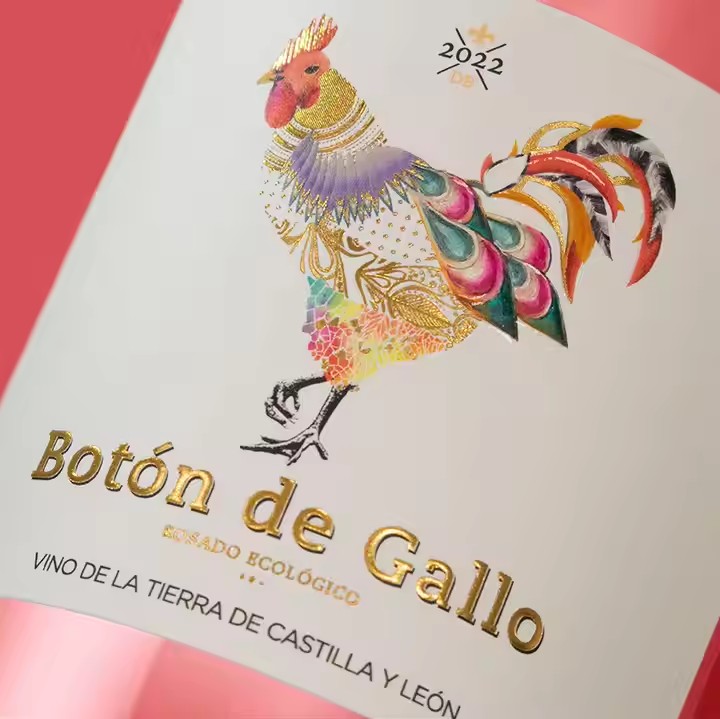
Perform folding, splicing, and other forming operations on the cut materials. For paper gift boxes, build the basic shape of the box through folding and pasting; for wooden gift boxes, splicing and assembly might be done using mortise and tenon structures, nails, or glue. For example, fold and paste the sides and bottom of the paper box to form the basic shape of the box.
